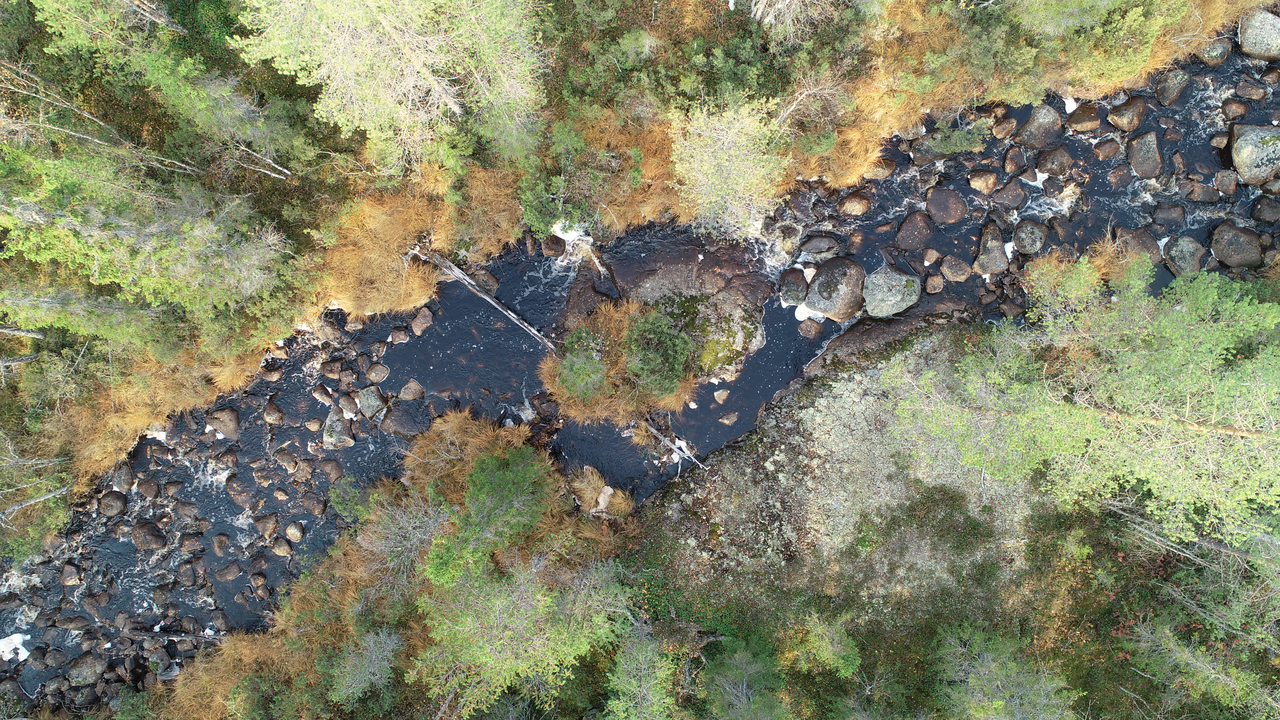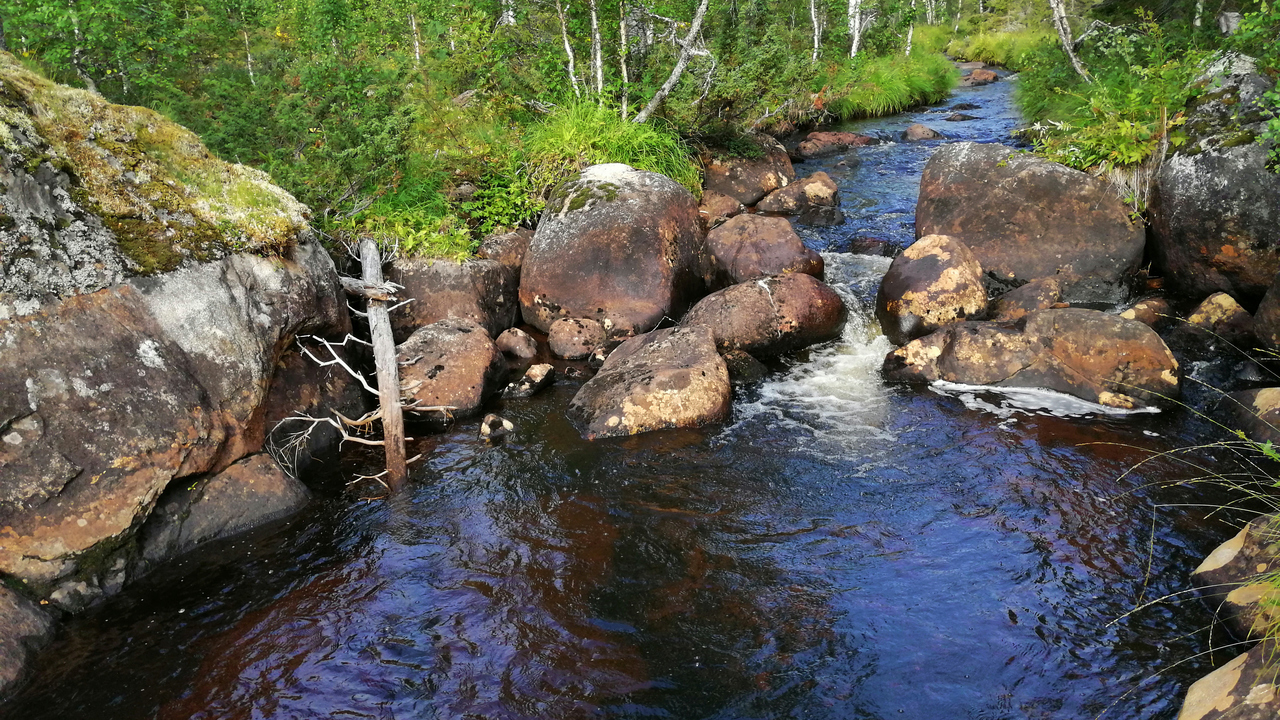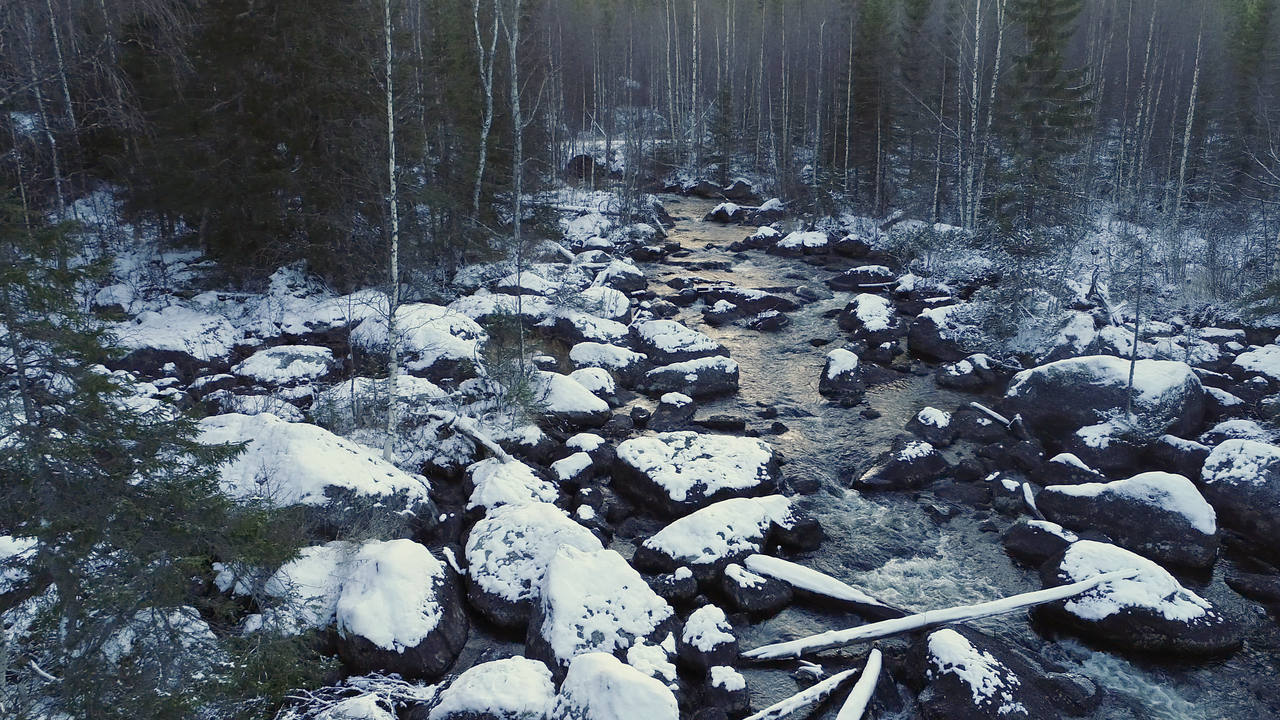About the scientific article
Richard Mason & Lina Polvi. Unravelling fluvial versus glacial legacy controls on boulder-bed river geomorphology for semi-alluvial rivers in Fennoscandia. Earth Surface Processes and Landforms, November 2023, v.48. DOI: 10.1002/esp.5666






